The content of the article
Rice groats - the most common raw material, on the basis of which you can cook dozens of different dishes. In view of such popularity and accessibility, patients diagnosed with diabetes mellitus are wondering about the appropriateness of introducing rice into daily nutrition. Let's look at the basic aspects in order to clarify the situation.
The danger of polished rice
Grinded cereals are dangerous for a person with diabetes. Because of this processing technology, rice is deprived of valuable substances, only carbohydrates that can harm it remain in it. When a boiled polished product enters the body, it quickly increases the concentration of glucose in the blood.
An even greater danger arises when combining cereals with dairy products, sugar, dried fruits, cream, nuts and other additives. In view of the above, it is worth concluding that classic rice, which we are used to eating, is dangerous and contraindicated in diabetics.
In unpolished grains, on the contrary, the mineral and vitamin list of substances has been completely preserved. The thing is that such a groat is not polished, preserving the shell. It contains complex, not simple carbohydrates. They are absorbed more slowly and are not absorbed by the blood in a short time, respectively, glucose does not jump sharply.
Diabetic Rice Benefits
- Before considering the effects of rice on the health of a diabetic, it is necessary to study its approximate composition. In the composition of less than 0.6 gr. fats, more than 7 gr. protein and 77.4 gr. carbohydrates. Calorie content is 340 units, which is quite a lot for a serving of 0.1 kg. However, unpolished rice lacks simple carbohydrates that are instantly absorbed and lead to spikes in glucose.
- The composition contains many B-group vitamins, in particular, we are talking about riboflavin, thiamine, pyridoxine, niacin, folic and pantothenic acids. They are responsible for the psycho-emotional environment of a person, normalize the psyche and contribute to a comfortable sleep. It is vitamins B that take part in energy production and the proper transformation of carbohydrates into a reserve of strength.
- As part of the mass of amino acids, many of them do not have the ability to be produced autonomously in the body. Therefore, they must necessarily come with food to ensure the correct activity of the thyroid gland, pancreas and other important organs.
- Gluten is a protein compound that causes an unpredictable response in patients with diabetes. It is absent in rice, so people with this disease can eat this cereal. All other proteins have a good effect on the joints, eliminating pain.
- The composition contains practically no salt, which negatively affects water metabolism. Salt retains fluid, thereby leading to an increase in blood pressure. In addition, the minerals included in rice (iodine, potassium, iron, phosphorus, zinc, etc.) make up for the deficiency in important substances.
- Croup is famous for the accumulation of dietary fiber, their composition is more than 4 grams. Fiber in a large volume is concentrated in brownish and brown rice, in polished it is almost nonexistent. This is another reason why polished raw materials should not be consumed. As for fiber, it normalizes and improves absolutely all the functions of the gastrointestinal tract.
Wild rice for diabetics
- This variety of cereals is also called water cyanide. Wild rice is known to many people as the main source of valuable substances.This is true because it contains concentrated amino acids in such a volume that any other product will envy. It is extremely useful for diabetics of all types, regardless of the stage of the disease.
- Wild rice is rich in proteins that regulate blood sugar and remove excess glucose. It contains 18 amino acids, and 12 of them cannot be replaced; they are not produced in the human body. The product is also famous for dietary fiber, B-group vitamins.
- Patients with diabetes mellitus need minerals. In wild rice, they accumulate in excess, the most popular ones cover the daily intake (sodium, iodine, manganese, magnesium, potassium with calcium and others).
- The composition of this variety of cereals is completely devoid of cholesterol, so eating rice in food does not harm the circulatory system of diabetics. Saturated fats are also missing.
- Interestingly, the product has 6 times more vitamin B9 than brown rice. This variety of cereals must be included in the diet of diabetics, who, in addition to everything, are very obese. Rice helps fight excess weight because it speeds up metabolic processes.
Brown rice
- As an excellent alternative to white rice, it is recommended to use brown or whole grain. This cereal does not contain simple carbohydrates. Therefore, the consumption of brown rice is absolutely safe for people with diabetes.
- When rice is consumed, its composition does not affect blood sugar levels. The composition of this cereal contains complex carbohydrates, water-soluble fiber, selenium, polyunsaturated fatty acids and many vitamins.
- The undoubted advantage of brown rice is that when processing on grains the second layer of husk is not removed. Just it contains all the important and useful substances and enzymes. That is why brown rice is ideal for diabetics.
Brown rice
- Brown rice is an ordinary cereal, but not completely peeled. After special processing, bran and husk remain in such a product. Thus, we can conclude that all useful enzymes remain intact. So, such rice can be consumed by diabetics.
- Grain is famous for its huge content of vitamin B1. Such a substance is simply necessary for the full activity of the cardiovascular and nervous system. In addition, brown rice has a whole complex of various vitamins, elements and fiber.
- Specialists recommend including brown rice in the diet for type 2 diabetics. The dietary fiber found in cereal helps lower blood sugar. Folic acid is also present in sufficient quantities in rice. The substance helps to maintain normal blood glucose levels.
Rice contraindications
- It is necessary to exclude ordinary white rice from the diet. Due to the processing method, the amount of simple carbohydrates increases in grains. Therefore, such rice will help increase blood sugar levels. In addition, overweight will be gained.
- The condition of the patient can worsen, and treatment will be difficult. White rice negatively affects the activity of the gastrointestinal tract. That is why it is worth giving preference to unpolished grains. Choose the right cereals.
Carbohydrates are concentrated in polished cereals; when they enter the body, sugar can jump sharply. But there are many varieties of rice that are approved for use in diabetes.
Video: what kind of rice can I eat with diabetes?

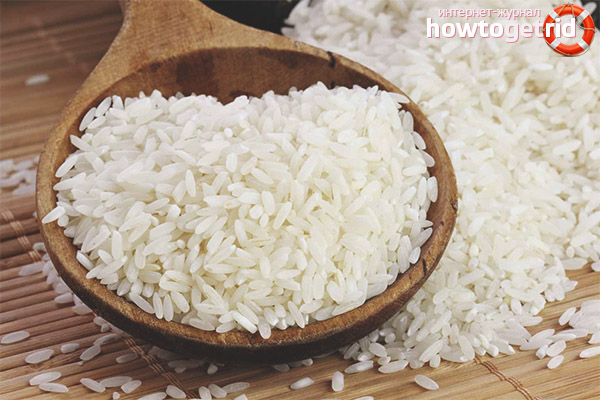



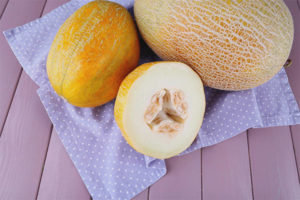

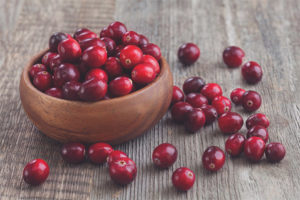
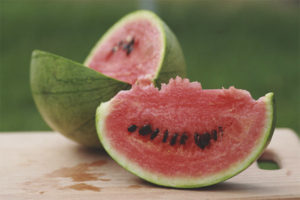
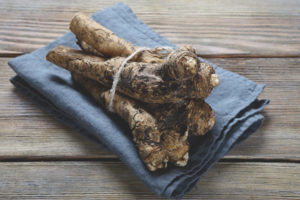

Submit